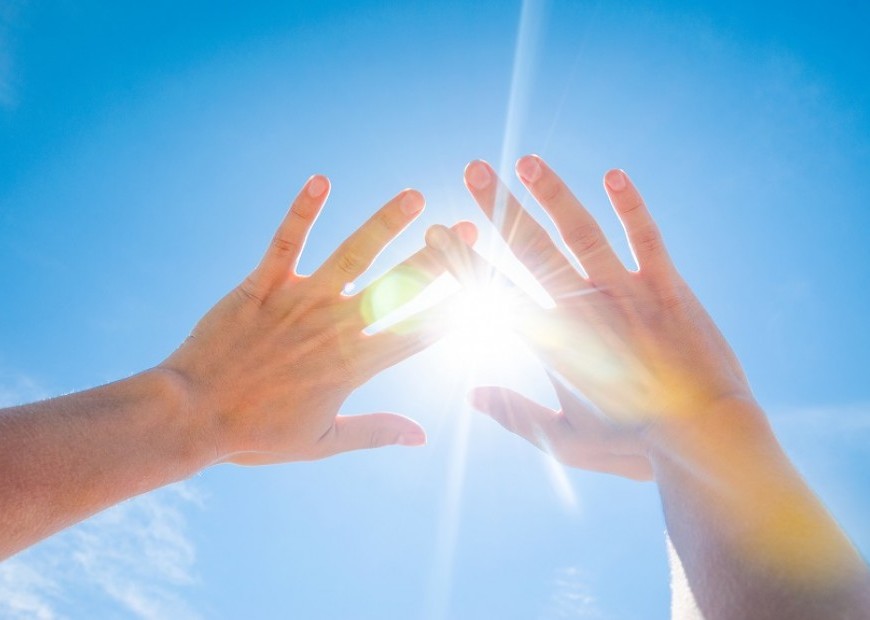Photosensitivity and Lupus
One of the perplexing manifestations of systemic lupus erythematosus is photosensitivity. “Photo” means light, therefore, there is sensitivity to light, not just sunlight as you may expect, but also to artificial and indoor fluorescent lights. What an inconvenience, isn’t it? If you think that the casualty of exposure to ultraviolet rays is limited to skin or cutaneous issues, such as rashes, you may only be a bit right. Surprisingly, it also instigates fever, organ inflammation, joint pain, fatigue, headache, and flu-like symptoms.
What happens to the skin of a lupus patient when exposed to light? Let’s have the basics of cell turnover and regeneration. Old and damaged cells undergo a programmed cell death, or medically known as apoptosis. This is an important natural process so the body can let go of dead cells and toxins. That is why we sometimes shed our skins. In lupus, apoptosis is the name of the game, even if it is dangerously premature. Imagine having to shed healthy skin every so often! It causes inflammations, worsening of lesions, formation of hives, itching, stinging, a burning sensation, and yes, all of them are linked to photosensitivity. Some cases have no skin eruptions but harbor a general feeling of discomfort.
No different individuals’ exposure to light conceives exactly the same effects. Even photsensitivity varies from person to person. The doctor will perform an extensive history taking of one’s bizarre reactions to light so he can deduce a proper treatment plan. Even the severity and time component of the effects are not the same. In a study made by Dr. Werth, et al., on photsensitivity and lupus, most people reported skin rashes and lesions occurring after a few to twenty four hours up to a week after exposure. Others had lesions that reacted immediately but perseverated for weeks to months. However, a minority had their symptoms exacerbated after only a few days. In addition, there is no relationship between race and photosensitivity according to said study.
At this point I shall announce the existence of the term cutaneous lupus erythematosus. Comparing it to systemic lupus erythematosus, or that which affects the various organs of the body, CLE is concentrated on the skin. However, it can be confusing as they sometimes overlap. Those with CLE may experience joint pain or other systemic manifestations after sun exposure, and SLE sufferers more so experience these cutaneous symptoms as the skin is also an organ.
There are ways to battle photosensitivity. Limit exposure to sunlight at its peak, around nine in the morning to three in the afternoon. Use sunscreens, reapply every two hours, and don’t forget to slather on your neck, back, and ears—often forgotten crevices—as they are equally irritated from UV rays. You can also cover your skin with clothing like huge fashionable hats, loose fighting long-sleeved apparel, and long pants for maximum coverage. Be wary of indoor halogen and fluorescent lights, and photocopy machines. Close the cover of photocopy machines when it is operating. We are often unaware that these sources also emit UV rays. Utilize shades, shields, filters, and covers that are designed to block UV rays.





